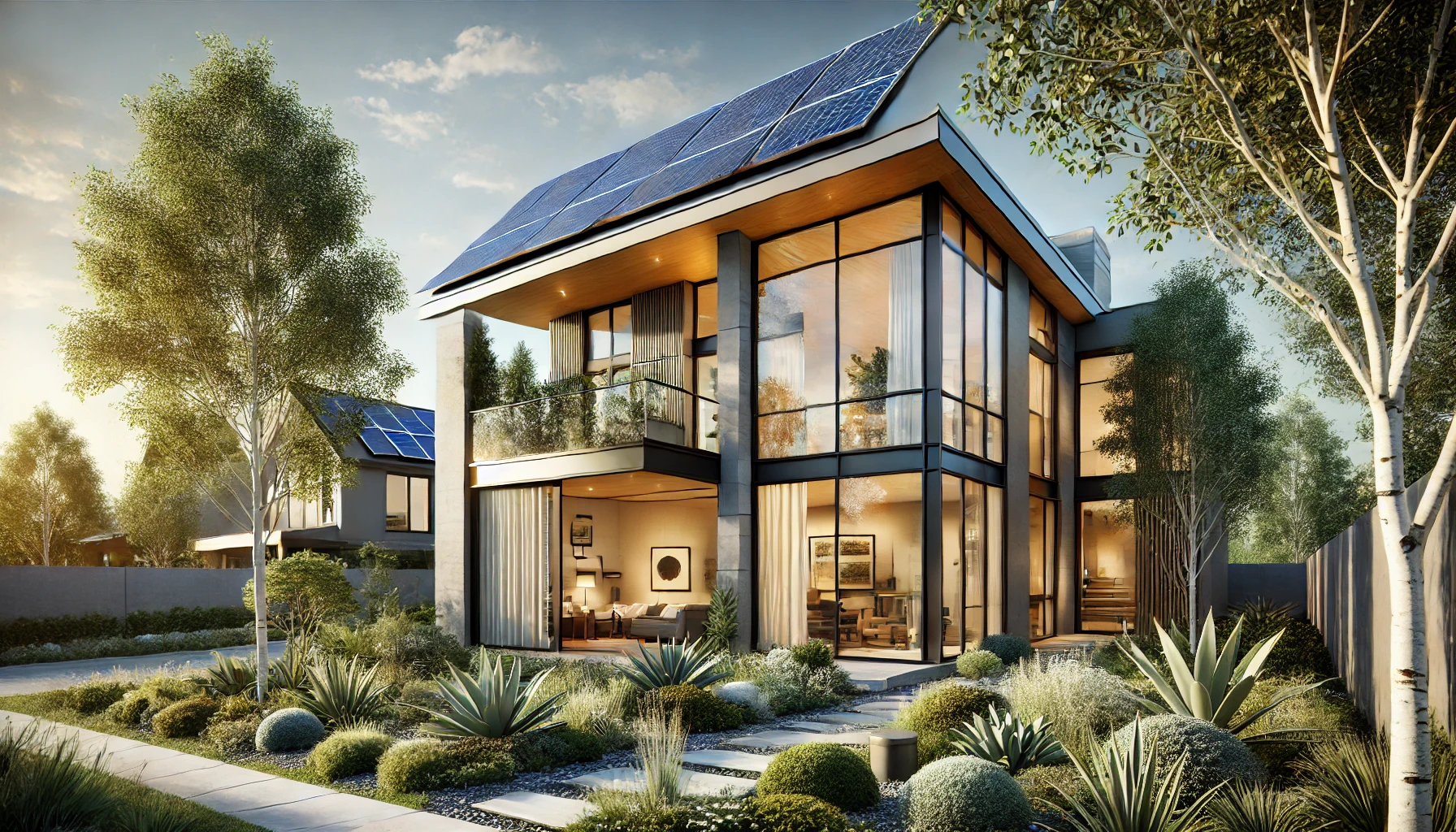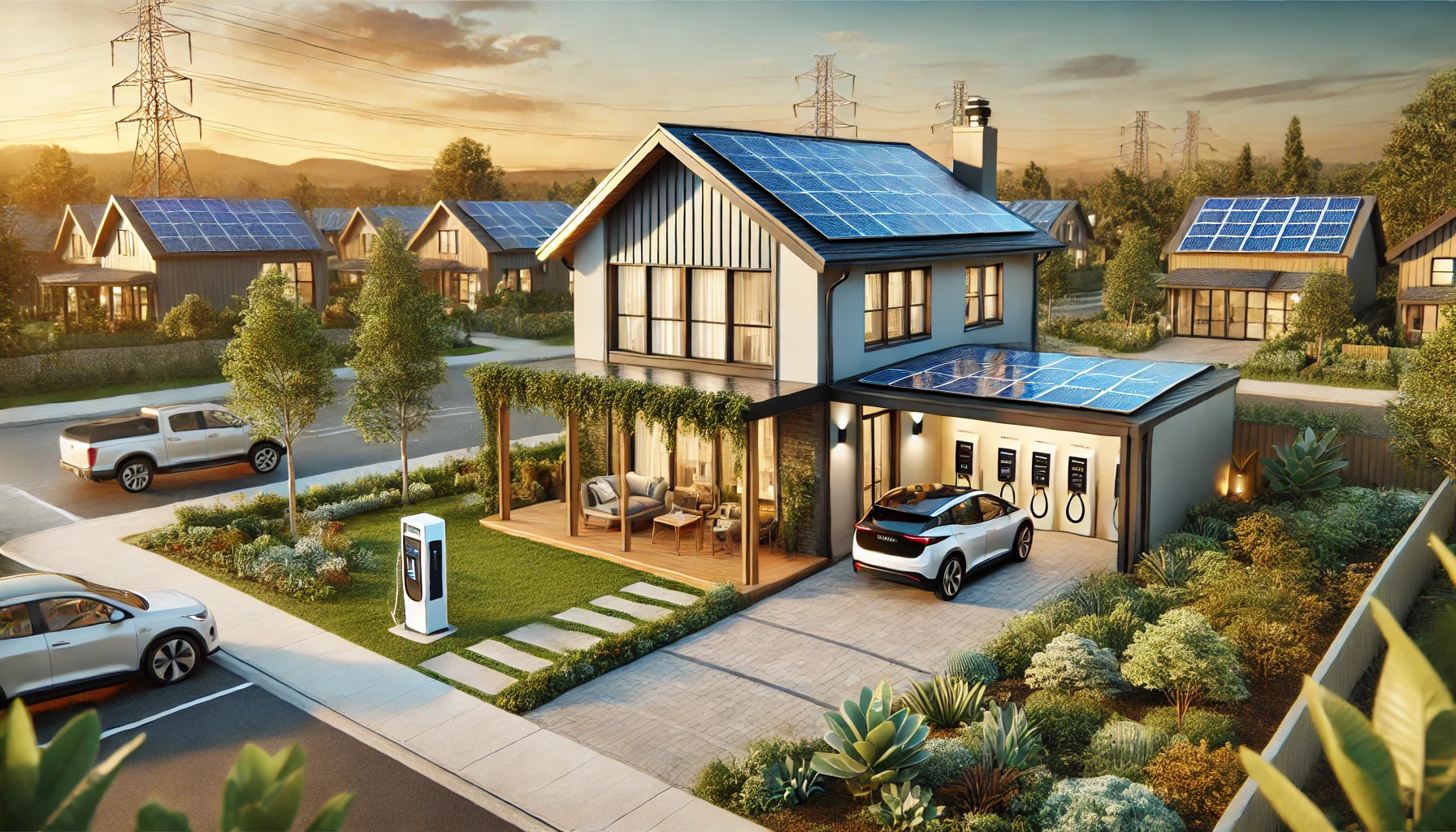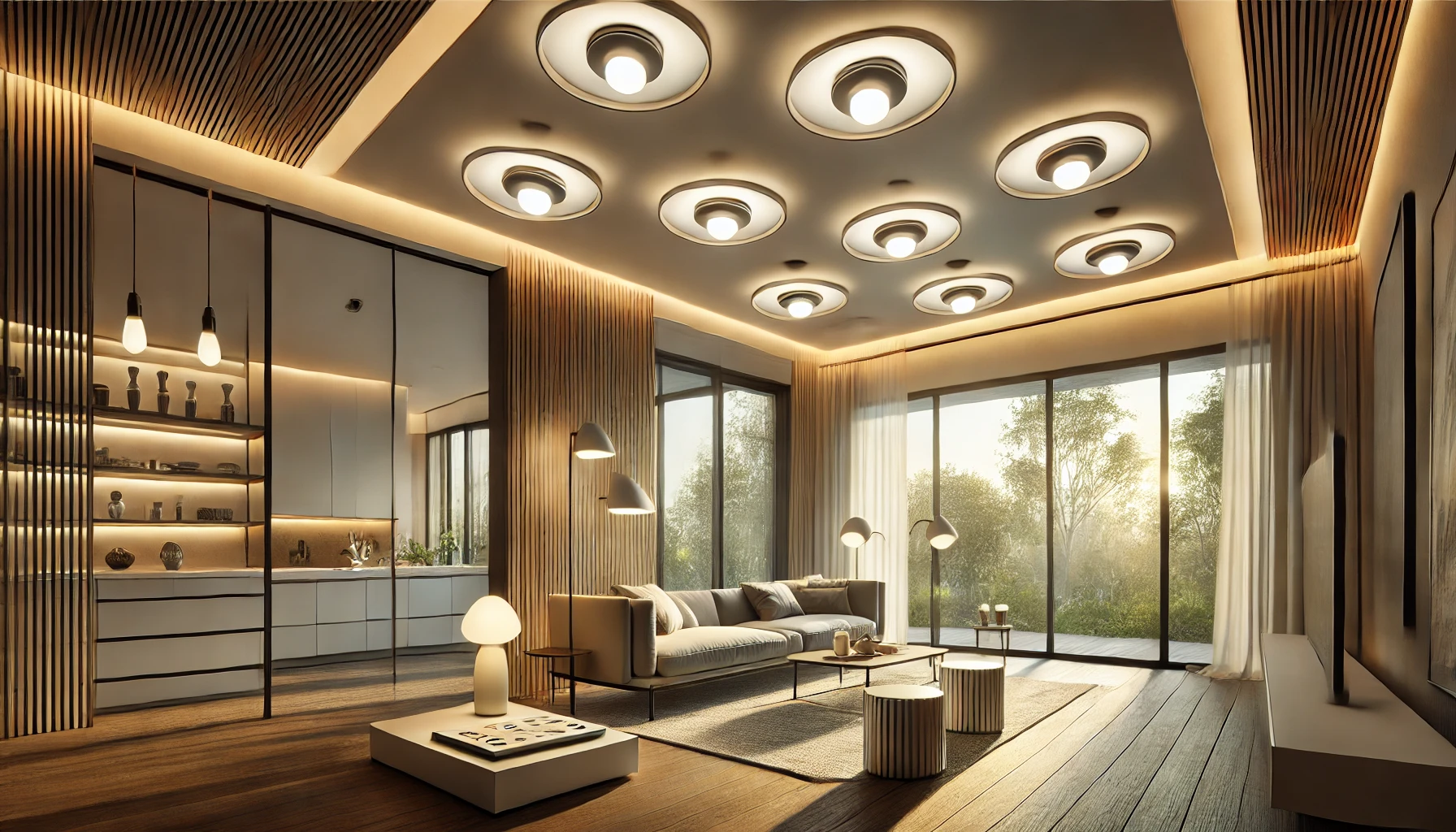Making the home energy-efficient is a sage decision, as it saves bills by cooling costs and reducing the amount of energy used, reducing the impact on the environment. Moreover, it will comfort the occupants. The main thing to remember while designing energy-efficient house plans is to take advantage of specific opportunities and challenges in Washington State. This calls for a varied climate condition from the rainy west to the hot, dry summers in the east for an energy-efficient home.
According to the U.S. Energy Information Administration, the average American family spends over $2,000 yearly on energy bills. With energy-efficient building methods, this cost can be radically reduced. Whether one is interested in how to build an energy-efficient home from scratch or how to retrofit an existing energy audit and home, methods such as increased insulation, energy-efficient appliances, and renewable energy courses make it possible to construct your high-performance home to save energy and money. Some rebates and incentives are available in the State of Washington to upgrade energy-efficient living, making it easier to adapt efficient energy home strategies with significant long-term savings.

1. Upgrade to Energy-Efficient Appliances
One of the simplest things you can do to really save money on energy in your home is to upgrade to ENERGY STAR-rated appliances. They use less energy than their regular counterparts and will save you hundreds of dollars annually. Replacing them with their energy-efficient models guarantees an easy win for your energy savings, be it a refrigerator, a washing machine, or a dishwasher. Utilities in Washington, including Puget Sound Energy, offer rebates to help with the cost. Only by opting for energy-efficient appliances will you be working your way towards an efficient energy home.
2. Improve Your Home’s Insulation
Insulation is like your house-wrapping blanket. It keeps the heat inside in winter when water heaters, and the cool air inside during summer. A well-insulated home will use less energy for heating and cooling, which means smaller utility bills. If you are in Western Washington, you would want insulation that protects against cold and wet winters; if you are in Eastern Washington, the insulation should be able to support sweltering summers along with frigid winters. Proper insulation is one of the keys to constructing an energy-efficient house that will perform well even in the most diverse climates.
3. Seal Air Leaks
Air leaks can let the air out, making your heating and cooling system work much harder than it should. Check for leaks around windows and doors and even in your attic. Sealing those gaps with caulking or weatherstripping will save you money and make your home more comfortable. Most utility companies in Washington offer home energy audits to help you find these leaks. A well-sealed home is an important part of building efficiency and can help to more cost-effectively ensure that the energy performance in your home is optimized.
4. Install Energy-Efficient Windows and Doors
Your windows and doors are two of the most critical components in terms of the energy efficiency of your home. An upgrade to energy-efficient windows and doors can make a huge difference in the amount of heat that will typically seep from your house during winter or come inside during summer. Try looking for double- or triple-pane windows with special coatings that help improve energy efficiency. Washington State’s building code has changed to require energy-efficient building materials in new homes. There are rebates available for homeowners to upgrade their windows.
5. Use Solar Power
While Washington is not known for its sunshine, solar power is still a strong choice. Placing solar panels on your home could cut that energy bill down dramatically and allow you to sell extra electricity back. The sun shines especially bright in much of Eastern Washington, which is great news for solar panels. The state offers a Renewable Energy System Incentive Program to expand the usage of solar. Solar panels are a great addition to any high-performance home.

6. Optimize Water Heating
Water heating ranks as the second- or third-highest Energy User in a house. The majority of the energy use can be saved by keeping the water heater at 120°F and replacing it with an energy-efficient one. A very efficient device is the heat pump water heater, with utilities such as Tacoma Public Utilities offering rebates for them. Installing low-flow fixtures will decrease water use, which decreases energy consumption further. That would be very important when considering how to make your home more energy-efficient.
7. Switch to LED Lighting
While lighting might seem like a minute part of your home’s energy usage, the difference indeed has been felt when making a switch to LED bulbs. LEDs use 75 percent less energy than traditional bulbs and last so much longer. This becomes very important in Washington, given that winters are long and daylight is short. Many utility companies throughout Washington offer rebates for upgrading to LED lighting. Efficient lighting is one of the major reasons an energy-efficient house plan will meet your needs.
8. Install an Energy-Efficient Heating and Cooling System
Together, heating and cooling can be used as much energy as half of your use. If that system is outdated, it may be time for an upgrade. Ductless heat pumps are a great choice for heating and cooling and use a lot less energy compared to other systems. Heat pumps work great in Washington’s climate, and there are even a number of local utilities offering rebates to help with these upgrades. Such upgrading is essential in knowing how to build an energy-saving house that balances comfort and sustainability.
9. Use Smart Thermostats
Smart thermostats learn your schedule and control the temperature to optimize heating and cooling in your house for energy efficiency. They adjust the heat while you’re at work and warm up your house before you get home. Smart thermostats have the potential to save you 10-12% on your heating and cooling bills, and many utilities in Washington offer rebates to help install one. It may be a small investment, but this can make a significant difference to your home’s heating system’s overall energy efficiency.
10. Fresh Air Ventilation Systems
Energy-efficient homes are tightly sealed to avoid air leaks, but this inadvertently traps moisture that is bad for indoor air quality. Your best option would be the installation of an HRV or ERV system. These systems bring in fresh air without losing any heat so that your home will stay comfortable with no waste of energy. This is going to be important in Washington, where moisture control is crucial. A good ventilation system is one of the critical elements of any well-functioning, energy-efficient building.

Conclusion
Building an energy-efficient home in Washington State will be an investment that offers long-term benefits. By focusing on how to build an energy-efficient house, homeowners can enjoy both lower energy bills and reduced environmental impact, along with greater comfort in the home. According to research from the U.S. Department of Energy, energy-efficient homes can save as much as 30% in annual energy costs. This process involves incorporating energy-efficient house plans and designs into new homes, using advanced heating and cooling systems, and investing in renewable energy options.
From financial incentives to rebates, Washington State does a lot to reduce energy usage and support individuals in building their energy-efficient homes. Ranging from energy-efficient ways of building homes to efficient house plans you can adopt, there are evident benefits to a home that are more sustainable and in line with the state’s environmental goals at a lower cost. By putting energy efficiency for homes into practice, Washington State citizens create better-performing, less costly to maintain, and environmentally friendly dwellings.










